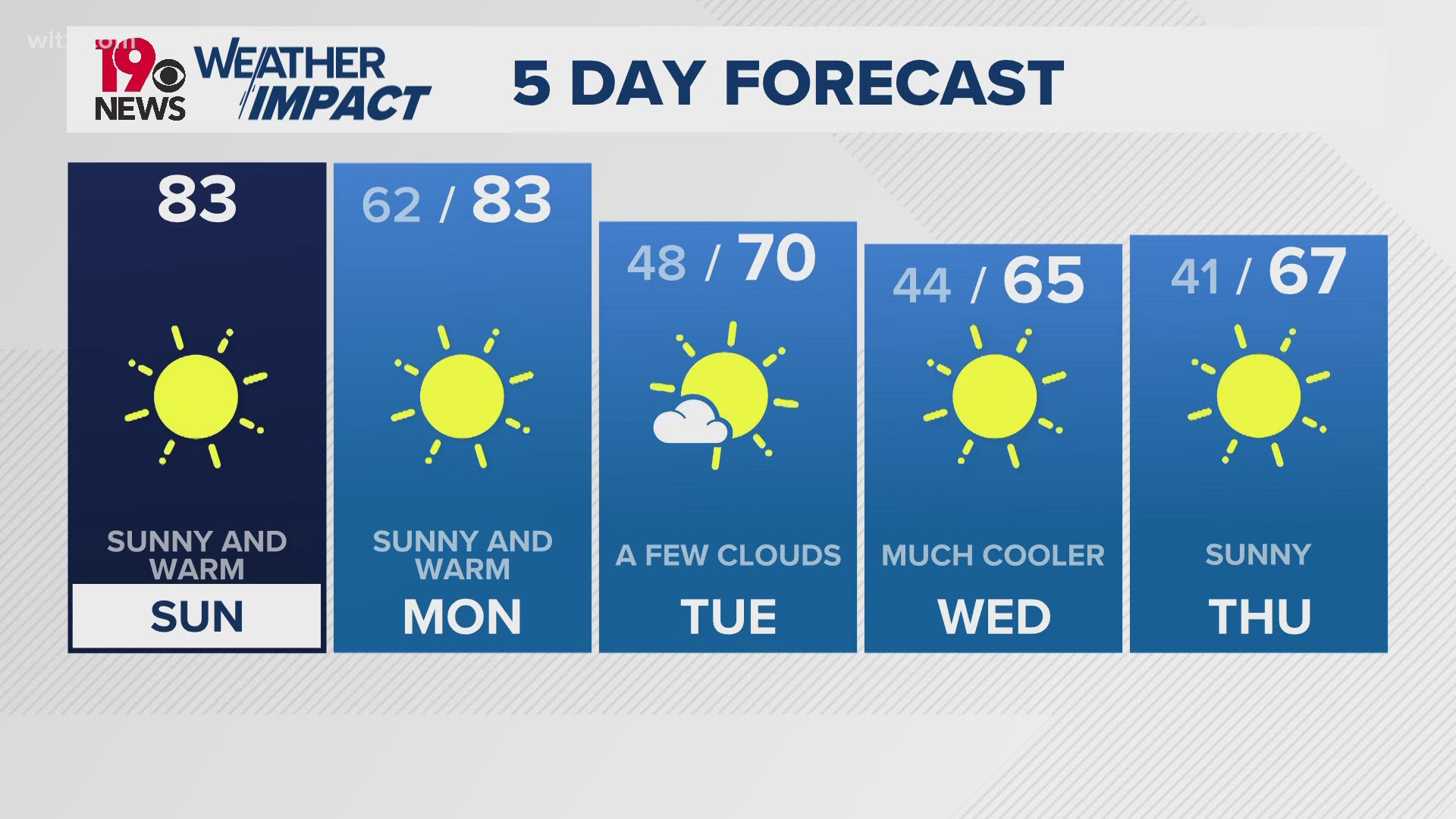COLUMBIA, S.C. — Carbon monoxide poisoning is the most common poison-related cause of hospitalization and death after a major storm event that causes power outages, according to the Palmetto Poison Center.
Carbon monoxide (CO) is a colorless, odorless toxic gas. It is produced when any fuel such as natural gas, propane, gasoline, kerosene, wood, or charcoal is burned. Carbon monoxide can build up in enclosed and semi-enclosed spaces, and can be deadly.
After a storm, poison centers see an increase in poisonings due to improper use of generators in and around the home. It is also not uncommon for people to misuse other fuel burning equipment such as camp stoves or grills inside of homes or other structures that can also cause carbon monoxide to build up.
General safety information during a storm event:
- Always follow the manufacturer’s instructions for portable generators.
- NEVER use generators inside the home, garage, or near open windows or return vents to your home.
- Generators, per guidelines by the Centers for Disease Control, should be placed 20 feet from the home or other occupied dwelling. Often during storms people are displaced to other living structures such as sheds, tents, or covered areas such as patios. You must follow proper placement with these areas as well.
- Be aware that not only should generators be 20 feet from your home or living area, but also your neighbor’s home or living area. Carbon monoxide doesn’t adhere to property lines or borders, protect yourself and your neighbors.
- Use a backup battery operated carbon monoxide alarm within your home as a precaution. Carbon monoxide detectors should be on every level of the home.
- Never siphon gasoline by mouth to fill a generator or other equipment with fuel.
- Store gasoline containers and other fuel sources up high and out of the reach of children.
- Never use any fuel burning equipment in the home such as grills or camp stoves.
- Poisonings increase in general when people are out of their normal routine. Keep all medications and other poisonous items out of the reach of children, and supervise children at all times when in the presence of poisonous items.
- Keep the Palmetto Poison Center number posted or programmed in your cell phone for emergencies or for any questions. 1-800-222-1222.
The symptoms of CO poisoning are similar to the flu or food poisoning. They can include:
- Fatigue/sleepiness
- Dizziness
- Nausea
- Headache
- Irregular breathing
- Confusion or disorientation
If The CO Alarm Goes Off:
- Check to see if any member of the household is experiencing symptoms.
- If an individual has been exposed to carbon monoxide and unconscious call 911 immediately.
- If they are, leave the affected area immediately and get fresh air. Call the Palmetto Poison Center to report your symptoms and seek additional information. 1-800-222-1222
- If no one is feeling symptoms, open windows/doors and turn off potential sources of CO. Call the poison center to seek additional information.
You cannot smell, see, or taste carbon monoxide gas. It can kill, and sometimes quickly. Carbon monoxide can also cause permanent damage to the brain and other parts of your nervous system. People of all ages can be affected, but infants and children are the most vulnerable.
The Palmetto Poison Center is staffed by trained nurses and pharmacists who can provide expert information for poison related emergencies and information. Services are free, confidential, and available 24 hours a day, seven days a week. To contact the Palmetto Poison Center, call 1-800-222-1222.



